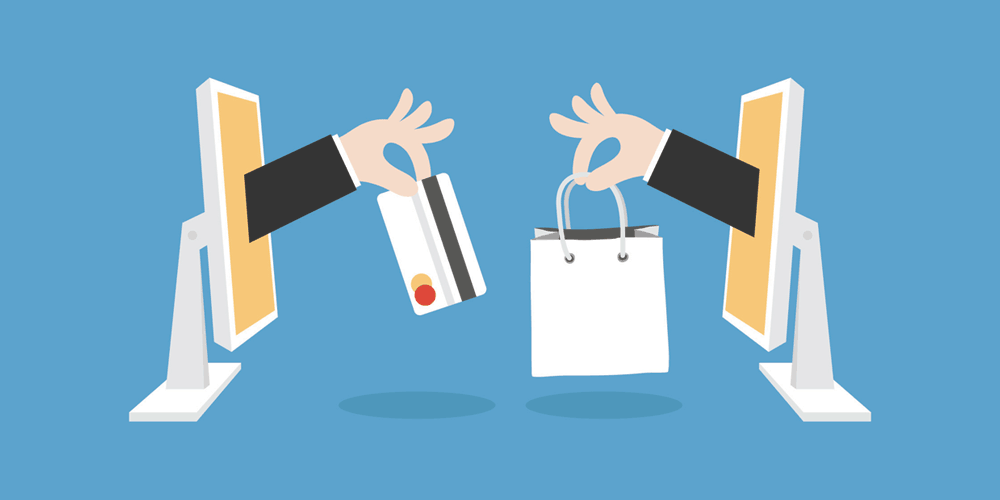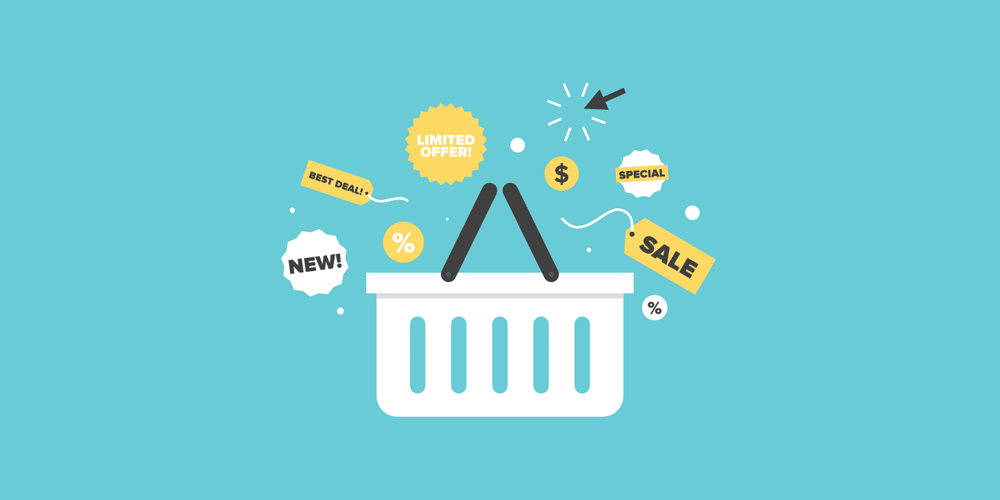E-commerce, or electric commerce, is the process of buying and selling of various products and services by businesses through the internet.
Nowadays e-commerce has become very popular among the people who want to buy and sell different things because of the convenience it offers and the cost benefits to retailers and the cost savings to the customers, and also the secrecy it offers.
E-commerce draws on such technologies as electronic funds transfer, supply chain management, internet marketing, online transaction processing, electronic data interchange (EDI), inventory management systems, and automated data collection systems.
Modern electronic commerce typically uses the World Wide Web at least at one point in the transaction's life-cycle, although it may encompass a wider range of technologies such as e-mail, mobile devices and telephones as well.
E-commerce is the purpose of internet and the web to conduct business but when we concentrate on commercial deals among organizations and individuals demanding selective information systems under the guarantee of the firm it accepts the form of e-business. Nowadays, the word ‘e’ is hitting momentum.
There are primarily five types of e-commerce models:

1. Business To Consumer (B2C)
Business to consumer is the first type of e-commerce that is also the most common one. It is also known as B2C model. In this type online business selling is offered to individual customers. This type started to expand after 1995 and now became one of the most common e-commerce.
The B2C model works by retailers and marketers that use clear data in various marketing tools so can sell their products to the internet users.
The internet users can use the shopping cart for everything they need. Payment is mostly done through credit cards or by payment gateways like the PayPal.
Direct interaction with the customers is the main difference with other business model. B2C normally deal with business that are related to the customer. The basic concept of this model is to sell the product online to the consumers.
2. Business To Business (B2B)
Business to business, known as B2B model, is the largest e-commerce model that is based on revenue which involves trillions of dollars. In this both the buyers and sellers are business entities. B2B describes commerce transactions between businesses, such as between a manufacturer and a wholesaler, or between a wholesaler and a retailer.
The volume of B2B transactions is much higher than the volume of B2C transactions and any other transaction.
The primary reason for this is that in a typical supply chain there will be many B2B transactions involving sub components or raw materials, and only one B2C transaction, specifically sale of the finished product to the end customer.
Benefits of B2B model:
- Encourage businesses online.
- Products import and export.
- Determine buyers and suppliers.
- Position trade guides.

3. Consumer To Consumer (C2C)
Consumer to consumer (C2C) or citizen-to-citizen electronic commerce involves the electronically facilitated transactions between consumers through some third party. A common example is the online auction, in which a consumer posts an item for sale and other consumers bid to purchase it; the third party generally charges a flat fee or commission.
The sites are only intermediaries, just there to match consumers. They do not have to check quality of the products being offered.
The C2C model facilitates online transactions of goods and services between the individual net users. But in this both the web users or both the parties cannot carry out any transaction without the platform that is provided by an online market maker such as the eBay.
There is also the Customer to Business (C2B) model which is relatively less common. It's a complete reversal of the traditional sense of transaction, but could be found in crowdsourcing based projects.
4. Peer To Peer (P2P)
Peer to peer, peer-to-peer or usually said as P2P, is a communications model in which each party has the same capabilities and either party can initiate a communication session.
This type that is a technology that helps their customers to share a computer resource and computer files to anyone they require without the need of a central web server.
In recent usage, peer-to-peer has come to describe applications in which users can use the internet to exchange files with each other directly or through a mediating server. In some cases, peer-to-peer communications is implemented by giving each communication node both server and client capabilities.
Those who are going to implement this model, both sides demand to install the expected software so that they could convey on the mutual platform.
This kind of e-commerce has very low revenue propagation as from the starting it has been tended to the release of use due to which it sometimes caught involved in cyber laws.
5. Mobile Commerce
Mobile commerce or m-commerce, uses mobile devices like the mobile phones as can carry out online transactions. Nowadays, web designers are trying to optimize website so they can easily view on mobile phones and to allow the use of this model.
Mobile Commerce conduct commerce using a mobile device, such as a mobile phone, a Personal Digital Assistant (PDA), a smartphone, or other emerging mobile equipment such as dashtop mobile devices.
Mobile commerce products and services that are available:
- Mobile ticketing - tickets can be sent to mobile phones using a variety of technologies. Users are then able to use their tickets immediately, by presenting their phones at the venue.
- Mobile vouchers, coupons and loyalty cards - mobile ticketing technology can also be used for the distribution of vouchers, coupons, and loyalty cards. These items are represented by a virtual token that is sent to the mobile phone.
- Content purchase and delivery - mobile content purchase and delivery mainly consists of the sale of ring-tones, wallpapers, and games for mobile phones. The convergence of mobile phones, portable audio players, and video players into a single device is increasing the purchase and delivery of full-length music tracks and video.
- Location-based services - the location of the mobile phone user is an important piece of information used during mobile commerce transactions.
- Information services - a wide variety of information services can be delivered to mobile phone users in much the same way as it is delivered to PCs. These services include: news, stock quotes, sport scores, financial records and traffic reports.
- Mobile banking - banks and other financial institutions use mobile commerce to allow their customers to access account information and make transactions, such as purchasing stocks, remitting money.
- Mobile StoreFront - mobile phone as a touch sensitive handheld computer has for the first time made mobile commerce practically feasible
- Mobile brokerage - stock market services offered via mobile devices have also become more popular. They allow the subscriber to react to market developments in a timely fashion and irrespective of their physical location.
- Auctions - unlike traditional auctions, the reverse auction (or low-bid auction) bills the consumer's phone each time they place a bid.
- Mobile Browsing - with a mobile browser, customers can shop online without having to be at their personal computer.
- Mobile Purchase - catalog merchants can accept orders from customers electronically, via the customer's mobile device. In some cases, the merchant may even deliver the catalog electronically, rather than mailing a paper catalog to the customer.
- Mobile marketing and advertising - refers to marketing sent to mobile devices.
Other Models
While e-commerce has encompass many transactions that are conducted online, there are also lesser common types which include
- Business to Administration (B2A) - encompasses all online transactions between companies and public administration. The model has increased due to governments investing in e-government.
- Consumer to Administration (C2A) - This model includes all electronic transactions conducted between individuals and public administration.
These two can be found in education field, fiscal, social security, taxes, employment, health, legal documents, registers, etc..
Both use B2A and C2A because the models are strongly associated to the idea of efficiency and easy usability of the services, with the support of information and communication technologies.
